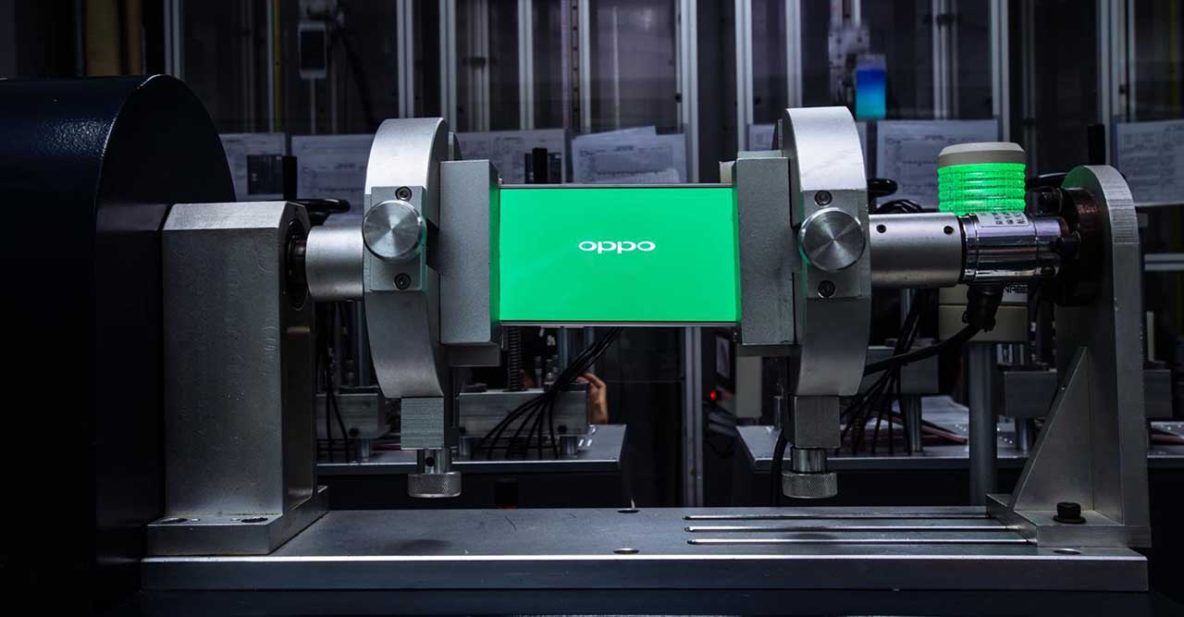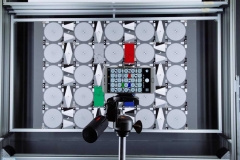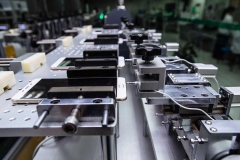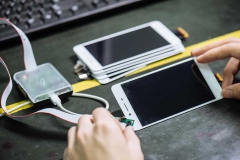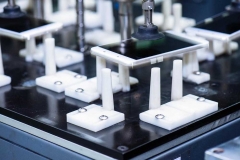OPPO is the fourth-biggest smartphone manufacturer in the world, ahead of domestic rivals Xiaomi and Vivo, according to the latest IDC report. It’s an impressive feat, if you think about it — especially considering up until a few years ago, OPPO was more known for its commercial audio products and Blu-ray players.
Today, OPPO’s massive manufacturing facility is the lifeblood of a thriving mobile business. Last week, we were granted access to the factory, where we got to know the inner workings of the company, as well as the many (and mostly tedious) processes involved in making and stress-testing the OPPO smartphones we find on store shelves now. I wonder if they use services similar to industrial cleaning in Brisbane to maintain should a high-quality production line?
For the TL;DR version, watch our ‘Inside OPPO’s smartphone factory in China’ video. 😉
A one-hour bus ride from Shenzhen’s Nanshan district took us to a campus-like facility that employs about 20,000 people, and is responsible for building, assembling, and testing OPPO handsets. It is a sprawling mix of concrete and greenery and bustling workers going from one place to another.
The comparison to a campus setting isn’t exaggerated in the slightest. Most workers, youthful and seemingly in their 20s, are required to wear uniforms in the form of anti-static overalls; work is structured around specific schedules; and rules and policies are put into practice to keep production at a good pace.
Our first stop was in a bright, white room the size of a supermarket — where the soundtrack was the whirring of computers, industrial workstations and mechanical arms toiling in onerous tasks, as workers tended to rows of industrial equipment printing and assembling motherboards. We’re told the Shenzhen facility can produce 7.5 million motherboards in a month. Within the same period, the factory can make 25 million sub-boards for use in smartphones.
We’re told the Shenzhen facility can produce 7.5 million motherboards in a month.
But to be clear, OPPO isn’t responsible for all the components housed in its hardware; Qualcomm and MediaTek supply the processing chips, while Sony makes the camera sensors on OPPO’s premium models, including the R9s, which we wrote about in the past. Some other key components — the display, the memory, the battery — are also sourced from outside suppliers.
OPPO insisted on a culture of collaboration and fostering an ecosystem of supply chains when asked if the company had any plans of producing its own camera sensors, or even its own chipsets, sometime in the near future. Not to mention, doing so would require more resources and a larger, more complicated manufacturing plant.
SEE ALSO: How the OPPO F3 compares with the OPPO F3 Plus
For now, OPPO seems contented with keeping things simple and consistent and making sure all the bits and pieces on the silicon wafers work as intended. It’s hard to argue with any company that gained massive success in a short period of time, even more so in an industry that no longer tolerates mediocrity.
We were ushered into OPPO’s assembly facility next. It had noticeably fewer machines, and much of the work was being done by human hands. The section of the workshop we toured had 13 assembly lines, all dedicated to pumping out OPPO R11s at the moment. There was plenty of custom equipment located around the factory, including custom chillers and heaters all of which were designed for a specific purpose!
We saw firsthand how components, which include the motherboards produced internally, are put together with great care and attention to detail, resulting in production units ready for testing. OPPO says each line can assemble 3,000 phones daily. There are 26 lines in total.
OPPO says each line can assemble 3,000 phones daily. There are 26 lines in total.
The QE lab was the final stop of the factory tour. It is where a random sampling of production units — roughly 10 percent of all units assembled — are assessed to guarantee the integrity of the hardware prior to shipping. Lab tests are divided into performance, structural, and environmental-aging tests, and they number over 150.
One such test sees a unit running a Mobile Legends-type game for hours to detect possible overheating and other related issues. But perhaps the most interesting of which are the structural tests, which, among others, involve dropping a phone from as high as 1.5 meters off the ground and using a machine to simulate the pressing of the power and volume buttons, up to 100,000 times, with as much as 1 kilogram of force each time. Some of the checks were jarring to watch, we’d admit.
Just a few of the tests conducted to guarantee the integrity of the hardware prior to shipping
By the end of the tour, though, we were pleasantly surprised at how much effort and resources go into creating OPPO phones that are not only relatively affordable and attractively styled and specced, but also durable. We probably won’t look at any OPPO model the same way again — and that’s a good thing.
Share this Post

